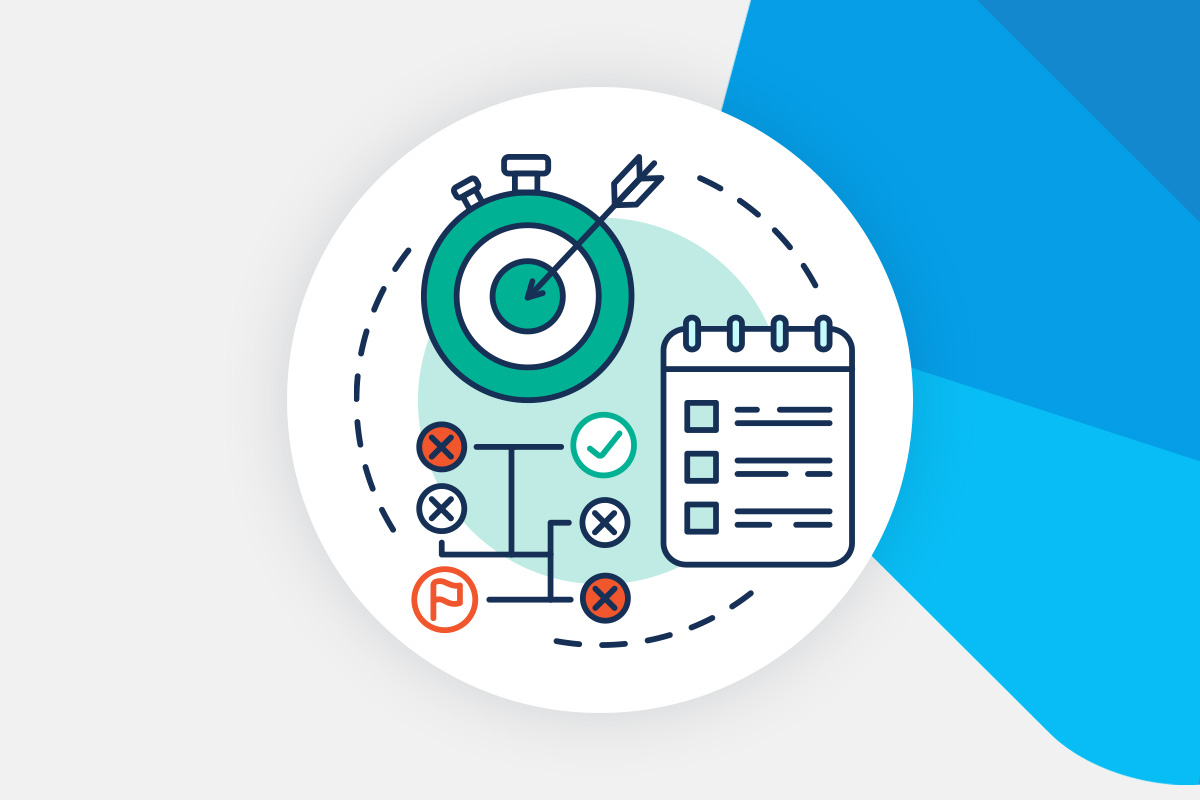Regardless of where or how you use artificial intelligence (AI), natural language processing (NLP), text analytics or any “intelligent” technology, AI is a major investment that will transform your business.
It’s not surprising that initiatives with such promise and possibility aren’t easy when it comes down to bringing AI projects from idea to implementation. Nonetheless, investment in AI is on the rise. Our own survey found that nearly 80{29fe85292aceb8cf4c6c5bf484e3bcf0e26120073821381a5855b08e43d3ac09} of organizations surveyed expect to spend more on NLP projects in the next year. Meanwhile, the frenzy over ChatGPT and large language models (LLMs) has prompted 45{29fe85292aceb8cf4c6c5bf484e3bcf0e26120073821381a5855b08e43d3ac09} of executives to increase their AI investment and investigation.
Regardless of what’s driving your interest or investment, companies need to know how to best move forward from the outset and not be caught by surprise later in the process. This is why a proof of concept (PoC) is such a critical step before investing in any technology or solution, but especially with AI technologies.
What Makes AI Projects So Difficult?
So, what makes AI projects so difficult? There are many common challenges that project teams will face related to data, security, internal alignment and demonstrating ROI, but at a more granular level, we have to make sure that the technology is able to solve our problem. Let’s look at one micro detailed scenario involving NLP.
Natural language processing is one tool that enterprises can use to solve problems like validating claims, reviewing contracts, measuring customer sentiment or extracting language that is needed to automated follow-on processes related to language data.
However, NLP is not deterministic. It is empirical and probabilistic. Outputs can change dramatically in response to small tweaks of a model. The relationship between input and output is not always obvious. Training and tuning can vary widely depending on the framing of the problem.
For example, a model that needs to classify “school buses” vs. “automobiles” can perform very well using a small training set, but a model that must accurately classify “Porsche Taycan” vs. “Porsche Panamera” will need more data points.
When evaluating NLP, it’s therefore important to think carefully about the intended application of the AI model, the source inputs, the expected outputs and the benefits you hope to achieve from an implementation.
What is a Proof of Concept?
While a proof of value is used to demonstrate the business value of a software solution, aA proof of concept helps a company validate the feasibility of the proposed solution in a controlled environment. It also provides an opportunity to identify potential risks and challenges that may arise during the implementation phase.
A PoC can provide a concrete demonstration of the capability of AI technology—using real output—to solve your real problem. It’s the best way to understand whether a use case can really achieve positive benefits from that approach. Essentially, it can determine if that approach will be successful or not.
Aside from the technical capabilities, it can also help determine an organization’s readiness and understand if you have the necessary resources and expertise to deploy and maintain the solution.
Proofs of concept benefit the decision-making process by allowing the business to:
- Test the technologies and methodologies to be used
- Deliver more immediate and concrete value
- Quickly compare different solutions and approaches
- Gain experience, skills and confidence in model outputs
Preparing for the Proof of Concept
With more than 300 AI deployments in production, expert.ai has participated in hundreds of NLP evaluations. This experience allows us to help our customers and prospects to be able to accurately and thoroughly evaluate NLP as fit for purpose. Our methodology, while flexible, is designed to help you identify the problem you need to solve and make sure that what you’re asking of the technology is realistic.
Using our methodology, customers get a consistent and high-quality set of evaluation data, a realistic estimate of the time and effort required for the production implementation, and the experience of real expert.ai NLP engagement, just on a smaller scale.
To help you get started with your proof of concept, we’re sharing a list of best practices to help guide your thinking and a framework of activities you can use to prepare at every stage of the PoC process.
Download the complimentary guide: NLP Solution Evaluation: POC Best Practices
NLP Solution Evaluation: POC Best Practices
Prepare your Proof of Concept for success! Use our sample methodology and summary framework to know what to expect and prepare for the different phases and activities along the way.




